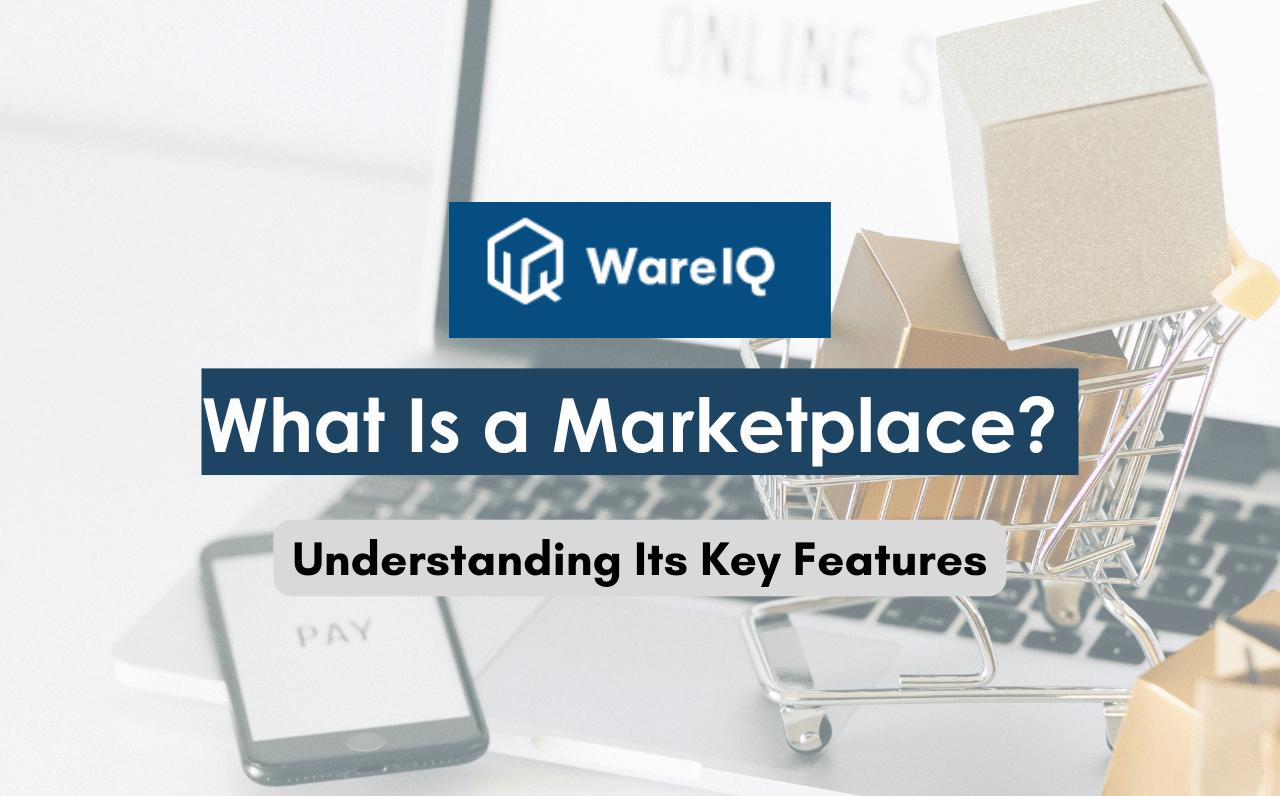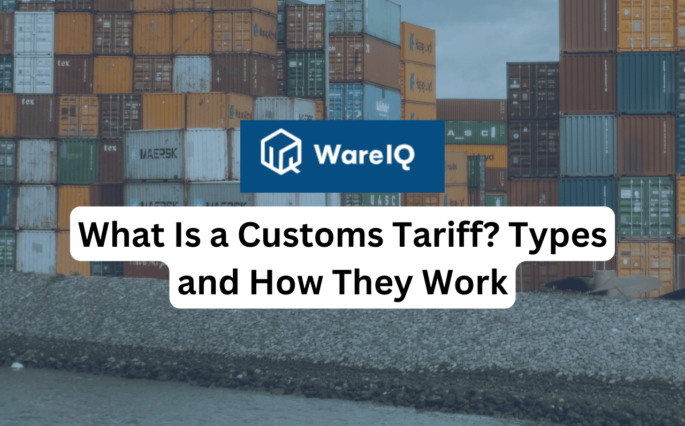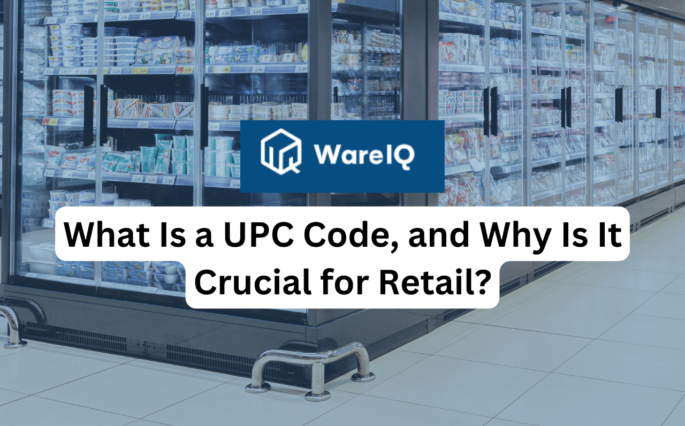What Is Marketplace? Understanding Its Key Features

The global e-commerce marketplace is projected to reach a staggering INR 4,416.68 billion in 2024, reflecting a significant shift in how consumers engage with retail and services. As more businesses transition to digital platforms, understanding the marketplace becomes crucial for entrepreneurs and consumers.
In this comprehensive guide, we will unravel the various dimensions of marketplaces, including the marketplace model, the role of technology in facilitating transactions, and the diverse types of e-marketplaces that cater to different consumer needs. Whether you are a business owner looking to enter the marketplace space or a consumer eager to understand how these platforms operate, this article will equip you with essential insights.
- What Is Marketplace?
- The Marketplace Model
- What Is Marketplace in E-commerce?
- How do Goods or Services Reach the Marketplace?
- Marketplace Platform
- Different Types of E-Marketplace
- Examples of Popular Marketplace Platforms
- Benefits of Using Marketplaces for Products
- How Does WareIQ Support Marketplace Sellers?
- Conclusion
- FAQs About Marketplaces
What Is Marketplace?
A marketplace is defined as a digital platform where multiple vendors can offer their products or services to a wide audience of consumers. Unlike traditional retail models, where businesses sell directly to customers, marketplaces act as intermediaries that connect buyers and sellers. This model allows a diverse range of products and services to be available in one centralised location.
The Marketplace Model
The marketplace model operates on a zero-inventory basis, meaning that the platform does not hold stock but facilitates transactions between sellers and buyers. This model significantly reduces operational costs for marketplace owners since they do not need to manage inventory or logistics extensively. Instead, sellers retain control over their products, including pricing and stock management.
What Is Marketplace in E-commerce?
In eCommerce, marketplace refers to online platforms enabling transactions between consumers and sellers. These platforms leverage technology to provide a seamless shopping experience, allowing users to browse an extensive range of products from multiple vendors. Notable examples include Amazon, eBay, and Etsy.
How do Goods or Services Reach the Marketplace?
Goods or services reach the marketplace through various channels involving logistical coordination and digital marketing strategies. Sellers typically list their products on the platform after creating an account and providing necessary details such as product descriptions, images, and pricing. Once listed, these products become accessible to potential buyers who can compare options from different sellers.
- Logistics and Fulfilment
While marketplace platforms facilitate transactions, they often partner with third-party logistics providers to handle shipping and delivery. This collaboration ensures that goods reach customers efficiently while allowing sellers to focus on their core competencies without worrying about logistics management.
Marketplace Platform
A marketplace platform is the technological backbone that supports these transactions. It encompasses various features to enhance buyers’ and sellers’ user experience.
Key functionalities include:
- User-Friendly Interface: A clean design that makes navigation intuitive for users.
- Search Functionality: Advanced search options enable users to find specific products quickly.
- Secure Payment Processing: Robust payment gateways ensure safe transactions.
- Customer Support Systems: Effective support channels help resolve issues promptly.
Related read: The Advantages of Multi Vendor Marketplace Platforms for Buyers and Vendors
Different Types of E-Marketplace
E-marketplaces have transformed how consumers and businesses interact, providing platforms for buying and selling various products and services. Understanding the different types of e-marketplaces is essential for businesses entering this dynamic environment.
1. Product Online Marketplace
The product online marketplace is perhaps the most recognised type of e-marketplace. These platforms allow multiple sellers to list their physical goods for sale, providing consumers with a one-stop shop to compare prices and products.
Key Features:
- Wide Selection: Customers can browse various products from different sellers, enhancing their shopping experience.
- Competitive Pricing: Sellers often compete on price, leading to better consumer deals.
- User Reviews: Customer feedback and ratings help new buyers make informed decisions.
Examples:
- Amazon: The largest product marketplace globally, offering millions of products across various categories.
- eBay: Known for its auction-style listings and fixed-price sales, allowing users to buy directly or bid on items.
- Walmart Marketplace: An extension of Walmart’s retail operations that allows third-party sellers to list their products alongside Walmart’s offerings.
2. Online Service Marketplace
An online service marketplace connects service providers with consumers seeking specific services. This model has gained traction as more people turn to freelance work and gig economies.
Key Features:
- Service Discovery: Users can easily find service providers, such as graphic design or home repairs, based on their needs.
- Booking Systems: Many platforms include integrated scheduling tools that allow customers to book services directly.
- Payment Processing: Secure payment gateways ensure transactions are handled smoothly between parties.
Examples:
- Upwork: A platform that connects freelancers with clients looking for various professional services.
- Fiverr: Offers a wide range of freelance services starting at $5, allowing users to hire professionals for specific tasks.
- Thumbtack: Connects local service providers with customers looking for home improvement or personal services.
3. Online Rental Marketplace
The online rental marketplace facilitates transactions where users can rent items rather than purchase them outright. This model is particularly popular in travel, accommodation, and equipment rental sectors.
Key Features:
- Peer-to-Peer Transactions: Many rental marketplaces operate on a peer-to-peer basis, allowing individuals to rent out their personal belongings.
- Flexible Terms: Renters can choose the duration of their rental period, making it convenient for short-term needs.
- Insurance Options: Many platforms offer insurance or guarantees to protect renters and owners.
Examples:
- Airbnb: Airbnb is a well-known platform that allows homeowners to rent out their properties or spare rooms to travellers.
- Turo: A car-sharing service where individuals rent their vehicles directly to other users.
- Rent the Runway: Offers designer clothing rentals for special occasions, allowing users to wear high-end fashion without the hefty price tag.
4. Hybrid Model Marketplace
The hybrid model marketplace combines elements of both product and service marketplaces. This model allows users to engage in various types of transactions within the same platform.
Key Features:
- Diverse Offerings: Users can buy products while also accessing services related to those products (e.g., installation services).
- Integrated Experience: This model provides a seamless experience by allowing customers to book services related to their purchases directly from the platform.
- Local and Global Reach: Hybrid marketplaces can cater to local needs while offering global shipping options.
Examples:
- OLX: A platform where users can buy and sell both goods and services locally.
- BookMyShow: Allows users to book movie tickets while offering theatre food delivery options.
- Myntra: An online fashion retailer that offers both products and styling services through its platform.
5. Hyperlocal Marketplace
The hyperlocal marketplace focuses on providing goods and services from local vendors within a specific geographical area. This model aims to deliver products quickly, often within hours of ordering.
Key Features:
- Fast Delivery Options: Emphasis on quick delivery times makes these marketplaces attractive for consumers seeking immediate gratification.
- Local Vendor Support: By connecting consumers with nearby businesses, hyperlocal marketplaces help stimulate local economies.
- Real-Time Inventory Management: Sellers must maintain accurate stock levels to meet consumer demand effectively.
Examples:
- BigBasket: An online grocery delivery service that sources products from local suppliers for fast delivery.
- Zomato and Swiggy: Food delivery platforms that connect users with local restaurants for quick meal delivery.
- UrbanClap (now Urban Company): Offers home services like cleaning or plumbing by connecting users with local professionals.
Understanding the different types of e-marketplaces is crucial for businesses navigating this competitive landscape effectively. Each type offers unique features and benefits tailored to specific consumer needs. By leveraging these insights, entrepreneurs can choose the right marketplace model that aligns with their business goals, whether selling products, offering services, or facilitating rentals.
Examples of Popular Marketplace Platforms
To illustrate the diversity within the marketplace landscape, here are some notable marketplace examples:
- Amazon: The largest global e-commerce marketplace offering millions of products across various categories.
- eBay: Known for its auction-based sales model, allowing users to bid on items.
- Airbnb: A unique C2C marketplace for lodging where hosts can rent out their properties directly to travellers.
- Etsy: A platform dedicated to handmade goods and vintage items, catering specifically to artisans and crafters.
| Platform | Type | Notable Features |
| Amazon | B2C | Extensive product range |
| eBay | C2C | Auction-style listings |
| Etsy | Niche | Focus on handmade and vintage items |
| Alibaba | B2B | Bulk purchasing options |
The variety of marketplace products available can significantly enhance consumer choice. By aggregating offerings from multiple sellers, marketplaces provide customers access to diverse options at competitive prices. This competitive environment often leads to better consumer deals while allowing sellers to reach a broader audience without significant marketing efforts.
Also check – Best Multi Vendor Ecommerce Platforms Globally
Benefits of Using Marketplaces for Products
- Wide Selection: Consumers can access various products from different sellers in one location.
- Price Comparison: Buyers can easily compare prices across different vendors for similar products.
- Convenience: One-stop shopping experience saves time for consumers looking for multiple items.
How Does WareIQ Support Marketplace Sellers?
WareIQ provides a robust solution for sellers in marketplace environments through its Multivendor Central platform, which is designed to streamline operations and enhance efficiency. Here’s how it benefits vendors:
1. Centralised Management
WareIQ offers a unified dashboard that allows sellers to manage inventory, orders, and customer interactions from one place, reducing the need to navigate multiple platforms.
2. Real-Time Inventory Tracking
Sellers gain real-time inventory visibility across all marketplaces, helping prevent stockouts and overstock situations. This ensures they can meet customer demand effectively.
3. Streamlined Order Fulfilment
The platform automates key fulfilment tasks, including order processing and shipping label generation, speeding up delivery times and improving customer satisfaction with timely updates.
4. Data-Driven Insights
WareIQ provides analytics and reporting tools that deliver insights into sales performance and customer behaviour. This data enables sellers to optimise pricing strategies and tailor marketing efforts.
5. Multi-Channel Integration
Sellers can integrate their operations across various online marketplaces seamlessly, expanding their reach without the complexities of managing each platform separately.
6. Enhanced Customer Experience
WareIQ helps sellers deliver a superior customer experience by improving operational efficiency and order fulfilment speed, fostering brand loyalty and encouraging repeat business.
WareIQ empowers marketplace sellers with tools that simplify management processes and enhance operational efficiency. With features like centralised management, real-time inventory tracking, streamlined fulfilment, data insights, multi-channel integration, and improved customer experiences, vendors can focus on growth while meeting the demands of today’s consumers.
Conclusion
Understanding what constitutes a marketplace is vital in today’s digital economy. The shift towards online commerce has transformed traditional retail practices, making it essential for businesses and consumers to adapt. By leveraging the unique features of the marketplace model, companies can enhance their operational efficiency while offering consumers an unparalleled shopping experience.
Whether exploring opportunities within a global e-commerce marketplace, seeking insights into different marketplaces, or simply looking for ways to navigate this evolving landscape, grasping these concepts will empower you in your endeavours.
You can check – Key Features of WareIQ’s Seller Panel for a Multi-Vendor Marketplace
FAQs About Marketplaces
What is a marketplace?
A marketplace is an online platform that connects buyers and sellers, allowing them to conduct transactions for goods or services. It serves as an intermediary, facilitating the exchange without holding inventory itself. Examples of popular marketplaces include Amazon, eBay, and Etsy, where multiple vendors can list their products for consumers to browse and purchase.
How does the marketplace model work?
The marketplace model provides a digital platform where sellers can register, list their products or services, and interact with potential buyers. The marketplace handles transaction processing payment security and often offers customer support. Sellers maintain control over their inventory and pricing, while the marketplace generates revenue through commissions or fees on each transaction.
What are the different types of e-marketplaces?
There are several types of e-marketplaces, including:
B2C (Business-to-Consumer): Businesses sell directly to consumers (e.g., Amazon).
B2B (Business-to-Business): Companies sell goods or services to other businesses (e.g., Alibaba).
C2C (Consumer-to-Consumer): Individuals sell directly to other consumers (e.g., eBay).
Hybrid Marketplaces: These combine product sales and service elements, allowing various transaction types.
How do marketplaces generate revenue?
Marketplaces typically generate revenue through various means, such as:
Transaction Fees: Charging sellers a percentage of each sale made through the platform.
Subscription Fees: Offering premium services or enhanced visibility for a monthly fee.
Advertising: Providing paid promotional spaces for sellers to increase their product visibility.
What advantages do sellers gain from using a marketplace?
Sellers benefit from using a marketplace in several ways:
Access to a Larger Audience: Marketplaces provide exposure to millions of potential customers without the need for extensive marketing efforts.
Reduced Operational Costs: Sellers don’t need to invest in their website or inventory management systems.
Ease of Use: Most marketplaces offer user-friendly interfaces and tools for efficiently managing listings, orders, and customer interactions.








